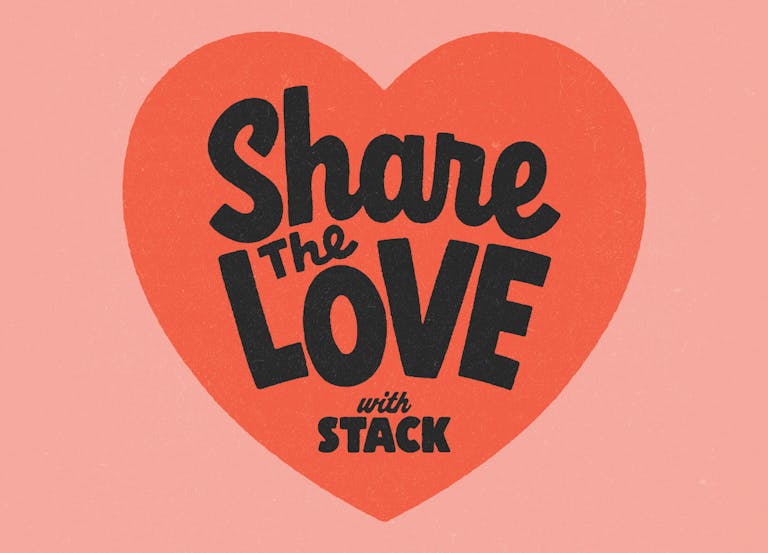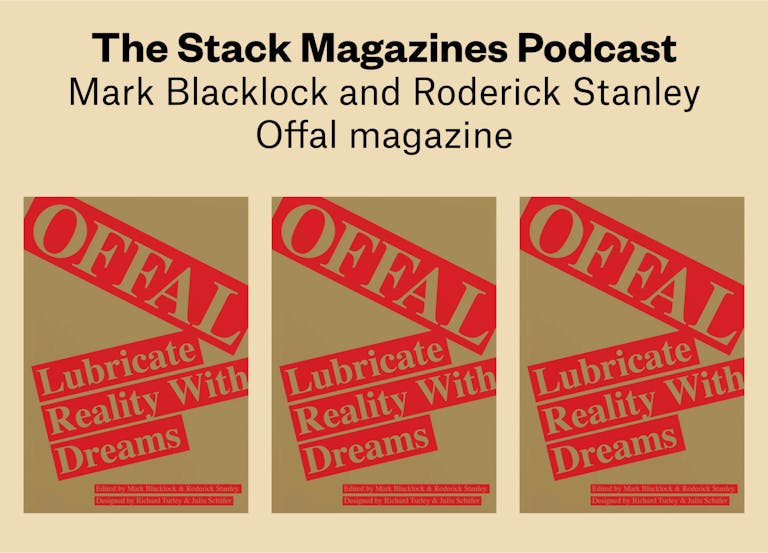Why you should never write about art
Glue Society is a new biannual magazine comprising 18 specially commissioned artworks. Made by a Sydney-based collective of the same name, the idea, as co-founder Jonathon Kneebone explains over Zoom, was to create an arts magazine that scrupulously avoids writing about art: “Rather than the magazine being about something you might be interested in, it could be more immediate. This is me having an experience, rather than me being told about an experience.”
This commitment to immediacy — to asking the viewer to make sense of an artwork rather than offering a definitive explanation of it — is taken so seriously that there are hardly any words at all across 264 pages. What text there is raises more questions than it answers. In one fantastic piece, we see a life-drawing class where, instead of sketching the models, participants are asked to write poems about them. My favourite poems are by Emma Balfour:
There is an Ikea stool.
The plywood ones.
And he’s leaning against it
in a kind of lunge.
His front body all hangs
down.
As he breathes, his balls
move.
Which is always funny.
Emma Balfour, as well as being a poet, was a supermodel in the nineties. The intention behind this ‘Life Writing’ feature was to choose participants who were used to being looked at, rather than looking. This is a lovely twist, but it is a secret one; there is no introduction to the feature, forcing you to take the poems at face value. Or google every contributor if you are nosy enough to do so, and put the pieces of the puzzle together yourself.
The faith placed in the reader’s powers of interpretation makes Glue Society a uniquely playful read. On one double spread, we just see massive spirals, made out of the words, “fuck you” repeated over, and over again. No explanation, no context; the reader has to take it or leave it. Over Zoom from Australia, Jonathan and fellow co-founder Paul Bruty explained what they have against writing about art.

Why did you want to create a magazine that was an ‘experience’ rather than an ‘analysis of that experience’?
Jonathan: Well, it was made in lockdown, when it was difficult to have any kind of experience at all. You couldn’t go out to a gallery, and the kind of work we like is work that depends on a response from its audience. We are driven by wanting to get people involved in things. A magazine felt like a good way to do that right now. It was a way of getting an experience into people’s hands, or lives.
Paul: Although, I think we would have taken the same approach in 2019, because of who we are as a collective anyway. But it’s really interesting now putting together issue two, all of a sudden that 2020-ness that was the identity of issue one is gone. What are we going to do now?
What will issue two look like?
J: The current edition has artworks numbered one to 18, and so that number is going to grow across issues. Issue two will just comprise one artwork though — the whole magazine will be about number 19 — and it’s actually all going to be about one person. We liked the idea of numbering artworks and having that as the organising principle of the magazine, because we wanted it to feel like we were exhibiting art rather than writing about it.
What do you have against writing about art?
P: Haha! I think most artists are petrified of the idea of writing about art, especially their own art. There’s a reason there are art critics and there are artists and the two don’t often mix. It’s like water and oil. It’s for you, the reader, to interpret the art. We’re not holding anyone’s hand. For me, you know when you walk into a great gallery space, that’s the sport of art; that’s what excites me about it. It’s either your interpretation or not understanding at all.


The only piece that has a significant amount of text is the life drawing feature; where participants are invited to write about the models, rather than sketch them. My favourite poems were the shortest ones, by Emma Balfour. She’s funny, too. So rare to have humour in an arts magazine!
P: Emma Balfour is an interesting case because she was a big model in her day. She was luminaries with Kate Moss. We purposefully wanted people in there who were used to being looked at rather than looking at someone else, like the photographer and the artist Joan Ross.
It’s striking you don’t explain that in the magazine: that these people were used to being looked at, but that you had flipped it. People are only marked ‘writer’ or ‘philosopher’. Why didn’t you tell us?
J: Because it was more rewarding finding out wasn’t it?
It was definitely more rewarding finding out! But I would never have known if you hadn’t told me. I would have had to google every single participant.
P: Well, partly that’s because when you spell it out it seems so obvious and less interesting. The cover photo-story with the endoscopic mouthpieces, for example. That’s a bunch of people from all different races showing you, the reader, or you, the stupid racist, whoever it turns out to be, that we’re all pink on the inside. That’s a very obvious idea but there’s something weird about looking at photos rather than reading the words. Your brain opens up to more interpretations than it actually should have.
I have another question about the Fuck spirals. I really like them, why did you include them?
J: There’s an absurd simplicity to them, again: Northern hemisphere, Southern hemisphere. It’s ridiculous. It’s just a reinterpretation of something we all know. The water goes down the tap in different ways: the world is fucked but in different directions. I’m not saying that is what it means, but that’s what I get out of it anyway.








